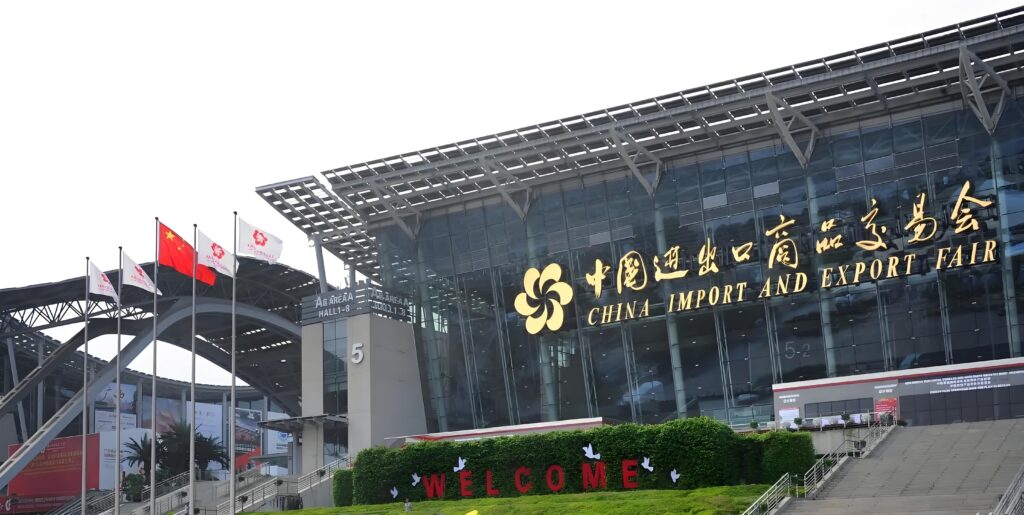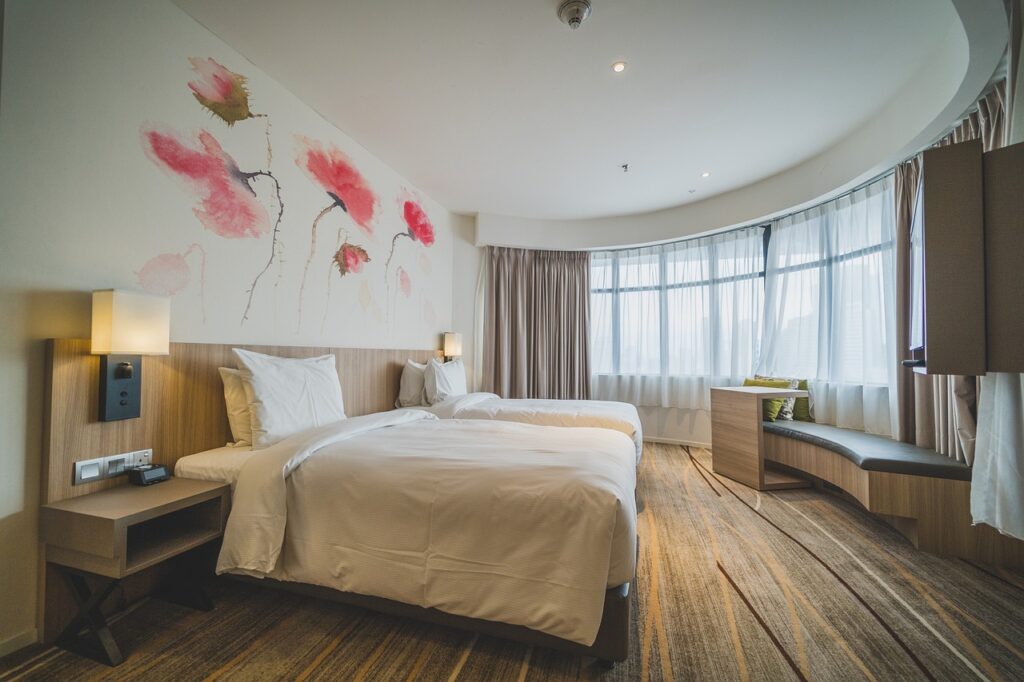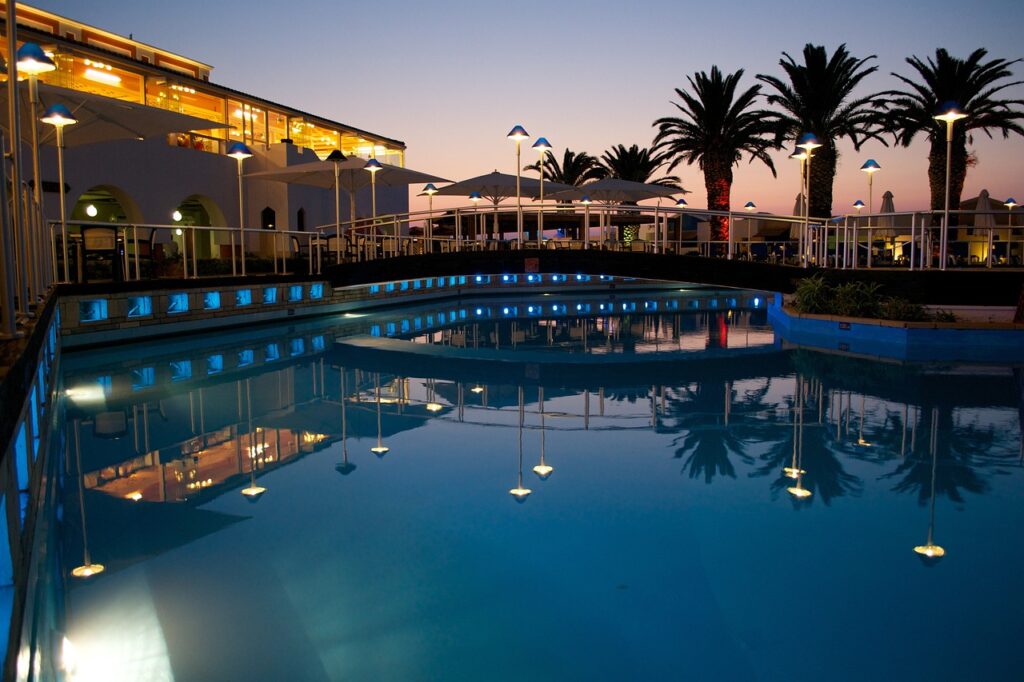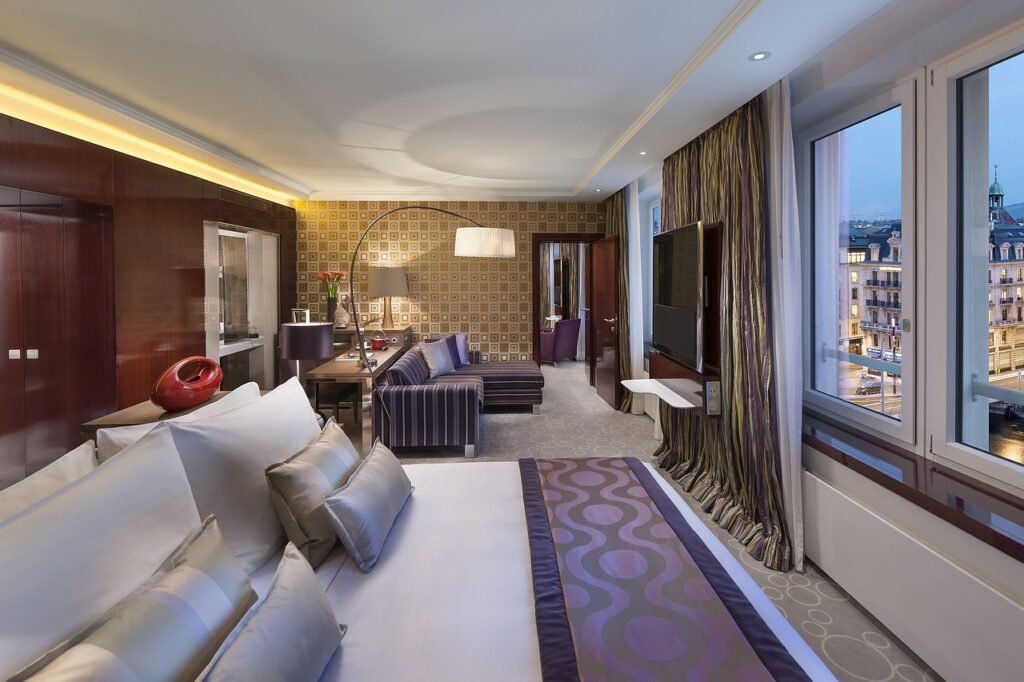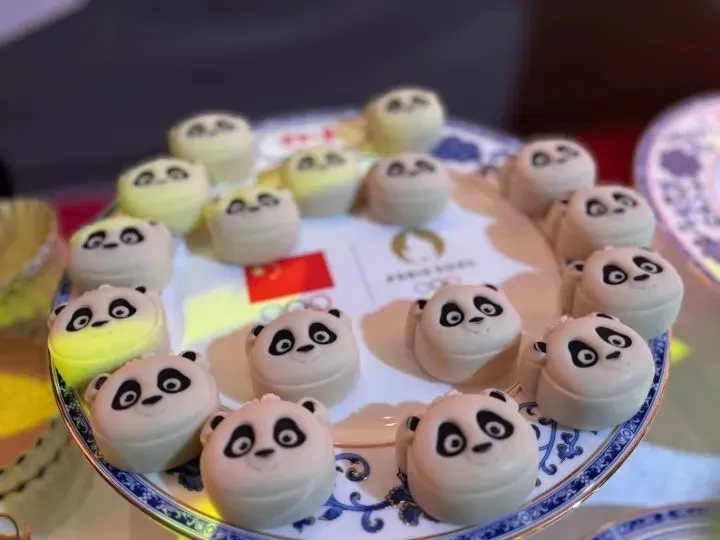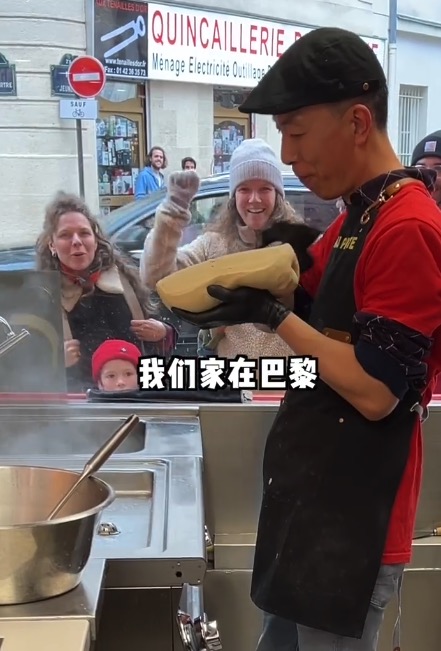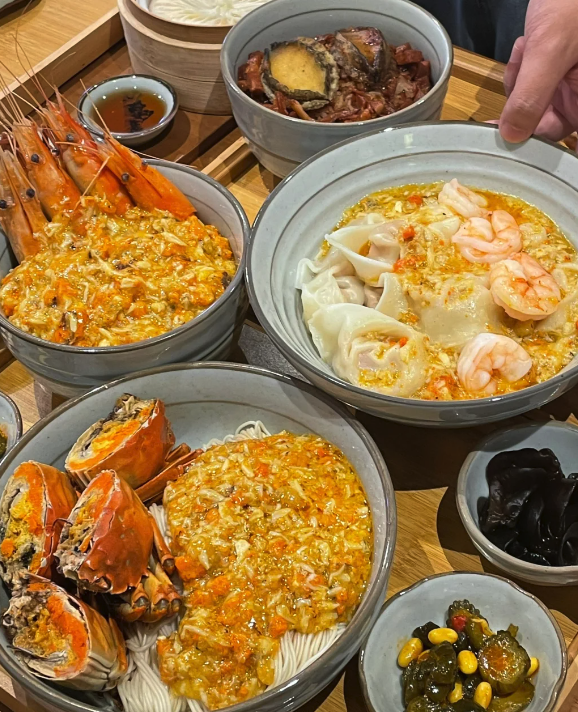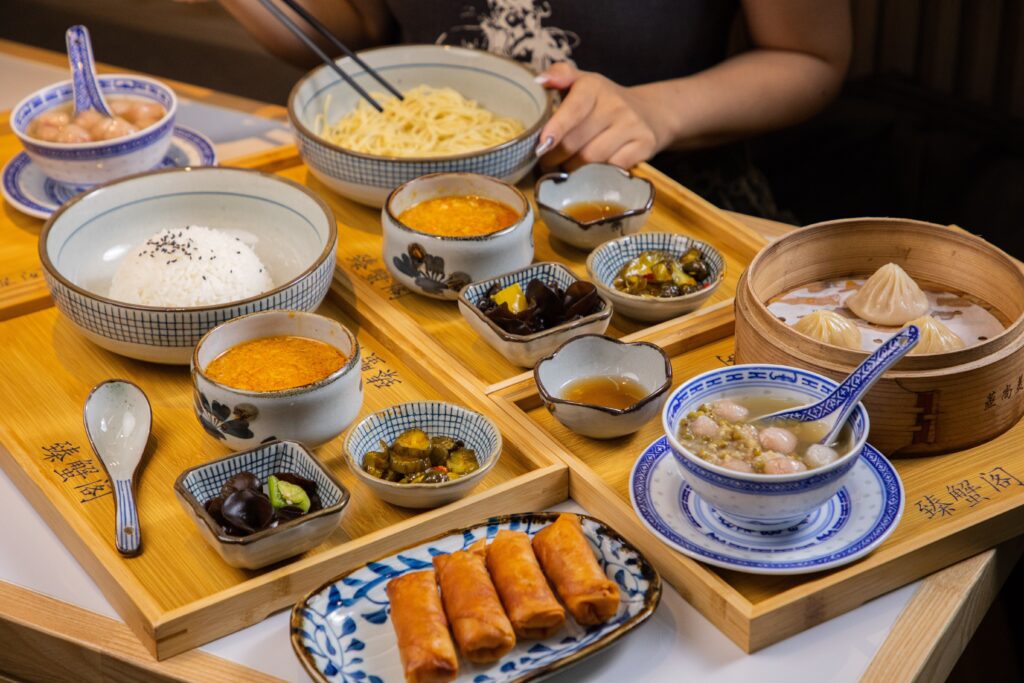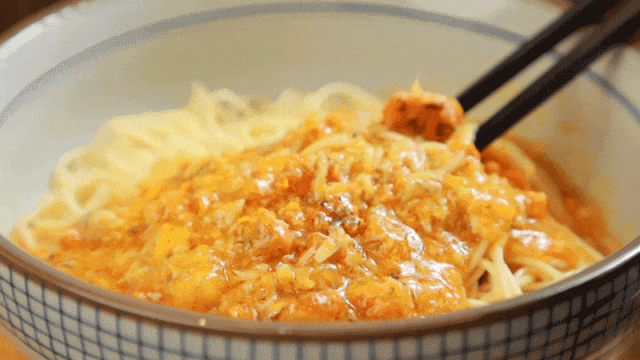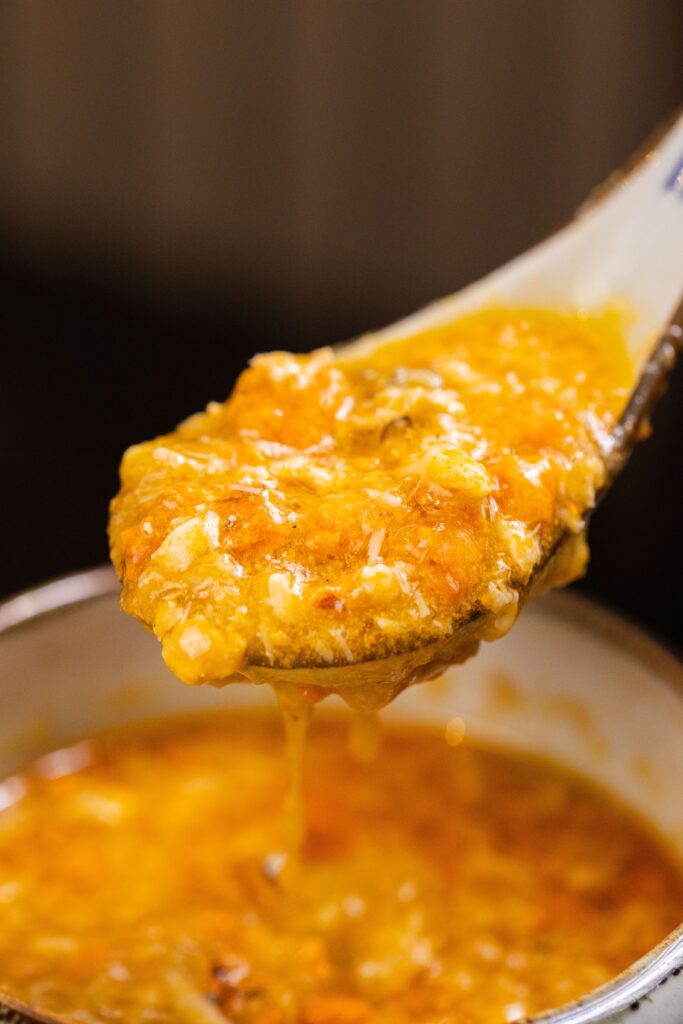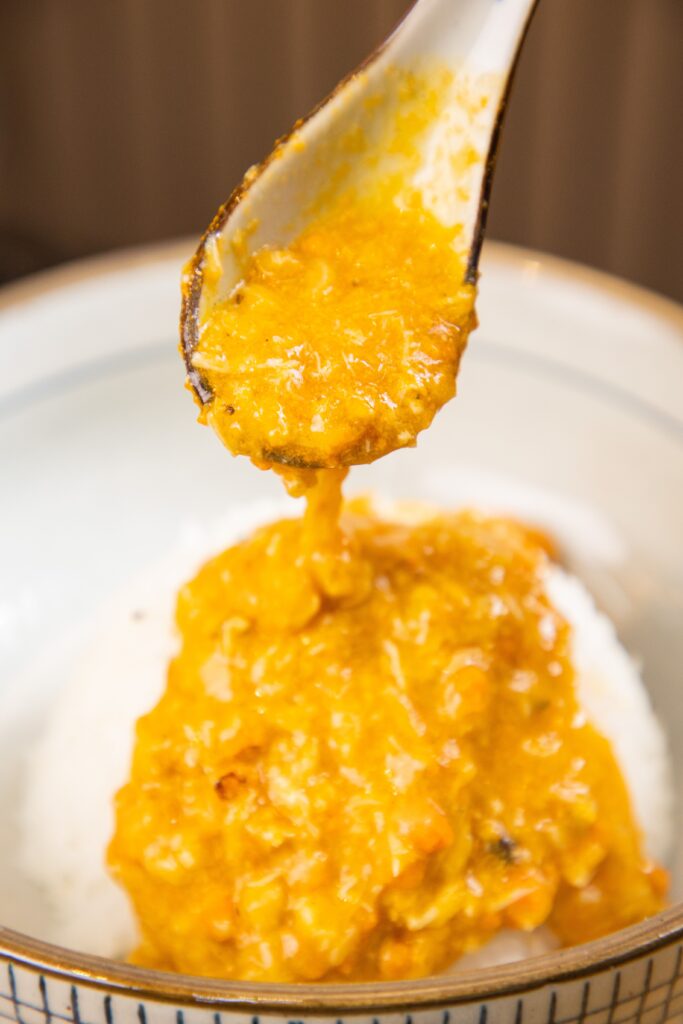
The Data of the 2024 Canton Fair Autumn Session
*Onsite Exhibition
The 136th (Autumn)
Phase 1:October 15 – 19 , 2024
Phase 2:October 23 – 27 , 2024
Phase 3:October 31- November 4 , 2024
Opening Hours : 9:30-18:00
*Online Exhibition
The 135th (Spring) : March 16 – September 15 , 2024
The 136th (Autumn) : September 16 , 2024 – March 15 , 2025
Venue
China Import and Export Fair Complex
(No. 382, Yuejiang Zhong Road, Guangzhou 510335.China)
Product Category
Phase 1
October 15-19
Electronics & Appliance
Household Electrical Appliances, Consumer Electronics and Information Products
Manufacturing
Industrial Automation and Intelligent Manufacturing, Processing Machinery Equipment, Power Machinery and Electric Power,General Machinery and Mechanical Basic Parts, Construction Machinery, Agricultural Machinery,New Materials and Chemical Products
Vehicles & Two Wheels
New Energy Vehicles and Smart Mobility,Vehicles, Vehicle Spare Parts, Motorcycles,Bicycles
Hardware
Hardware,Tools
Light & Electrical
Lighting Equipment,Electronic and Electrical Products, New Energy Resources

Phase 2
October 23-27
Houseware
General Ceramics, Kitchenware and Tableware, Household Items
Gift & Decorations
Glass Artware, Home Decorations, Gardening Products, Festival Products, Gifts and Premiums, Clocks, Watches and Optical Instruments, Art Ceramics, Weaving, Rattan and Iron Products
Building & Furniture
Building and Decorative Materials, Sanitary and Bathroom Equipment, Furniture, Stone/Iron Decoration and Outdoor Spa Equipment

Phase 3
October 31 – November 4
Toys & Children Baby and Maternity
Toys, Children, Baby and Maternity Products, Kids’ Wear
Fashion
Men and Women’s Clothing, Underwear, Sports and Casual Wear, Furs, Leather, Downs and Related Products, Fashion Accessories and Fittings, Textile Raw Materials and Fabrics,Shoes, Cases and Bags
Home Textiles
Home Textiles, Carpets and Tapestries
Stationery
Office Supplies
Health & Recreation
Medicines, Health Products and Medical Devices, Food,Sports, Travel and Recreation Products, Personal Care Products, Toiletries, Pet Products and Food

Host
Ministry of Commerce of the People’s Republic of China
People’s Government of Guangdong Province
Organizer
China Foreign Trade Centre
At the End
Guangzhou is a city known for its wholesale market industry clusters. For instance, around Guangzhou Railway Station, there are many clothing wholesale markets, such as Guangzhou LIUHUA Fashion Wholesale Market and Baima Wholesale Market. In Baiyun District, there are also some leather goods wholesale markets. Additionally, Dongguan Huanan International Industrial Raw Materials City and the Yellow River Clothing Wholesale Market in Humen Town are noteworthy. Foreign wholesale buyers who come to China for exhibitions can take this opportunity to explore Guangzhou and its surrounding cities, seeking more business opportunities for their ventures.
Recommended Local Delicacies in Guangzhou:https://www.yougotrice.com/guangzhous-new-crab-roe-treasure-discovering-gourmet-delights-on-beijing-road/
*The information regarding the Canton Fair in this article is sourced from the China Import and Export Fair.

